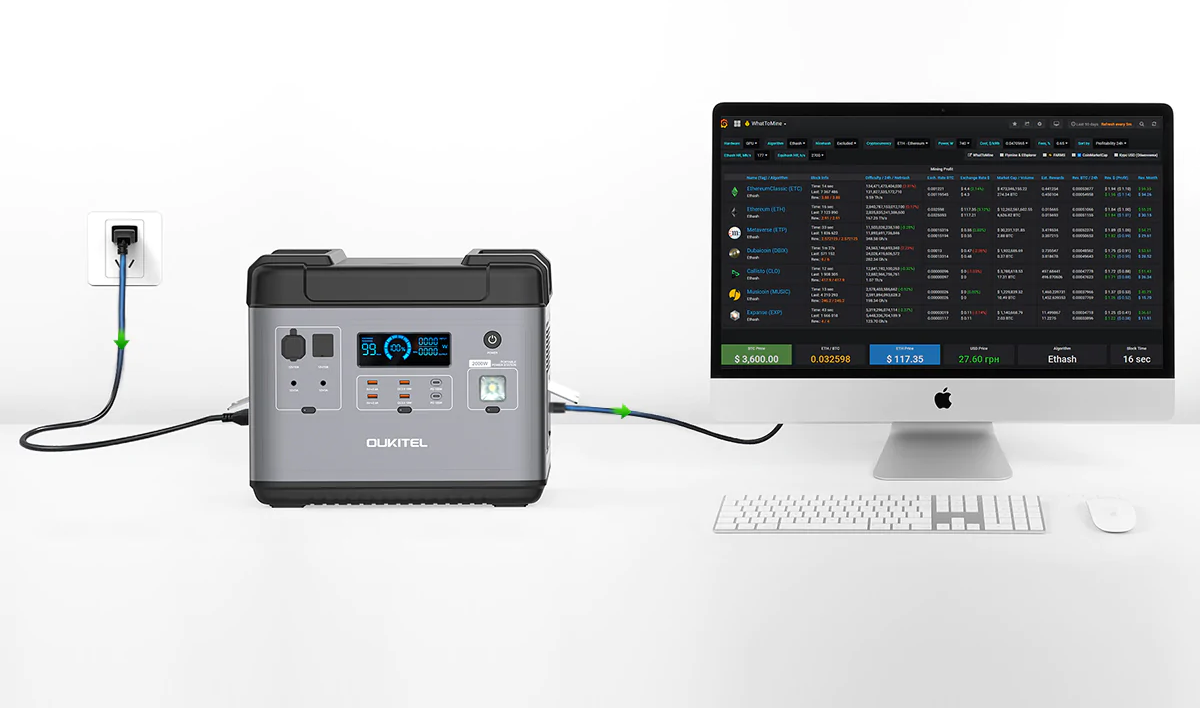Introduction
When it comes to emergency preparedness, having a backup source of power is crucial. With an indoor generator, you can feel secure knowing that you have a reliable source of electricity when the power goes out. In this article, we’ll take a closer look at why an indoor generator should be part of your emergency preparedness plan.

The Importance of Reliable Backup Power
During a power outage, many people turn to generators as a backup source of electricity. However, not all generators are created equal. Portable generators can be useful, but they also have their limitations. They require gasoline, and can produce harmful carbon monoxide fumes. In addition, portable generators are often noisy, which can be a nuisance in close quarters.
An indoor generator, on the other hand, is designed specifically for indoor use. These generators are quiet, efficient, and produce no harmful fumes. They are an excellent choice for powering essential appliances like refrigerators, lights, and medical devices during a power outage.
Benefits of Indoor Generators
1. Convenience
Indoor generators are designed for ease of use. They can be connected directly to your home’s electrical system, so you don’t have to worry about running extension cords or refueling them. And because they are installed indoors, you don't have to worry about the weather affecting their performance.
2. Reliability
Indoor generators are incredibly reliable. Unlike portable generators, they don’t need to be maintained as frequently. And because they are permanently installed, you always know where to find them when you need them.
3. Safety
Indoor generators are designed to be safe. They are enclosed in a protective housing that keeps them from being damaged by the elements. And because they are installed indoors, they don’t pose the same safety risks as portable generators.
Types of Indoor Generators
There are two main types of indoor generators: standby generators and portable inverter generators.
1. Standby Generators
Standby generators are permanently installed outside your home. They are connected directly to your home’s electrical system, and can automatically start up within seconds of a power outage. Standby generators come in a range of sizes, from small models that can power a few essential appliances, to larger models that can power an entire home.
2. Portable Inverter Generators
Portable inverter generators are designed to be portable and lightweight. They are ideal for camping trips, tailgating, and other outdoor activities. They can also be used as a backup source of power during a power outage. Portable inverter generators are designed to be quiet, efficient, and produce no harmful fumes.
Conclusion
An indoor generator is an essential tool for emergency preparedness. With a reliable source of backup power, you can feel secure knowing that you will have electricity when you need it most. Whether you choose a standby generator or a portable inverter generator, make sure you choose a high-quality product that is designed for indoor use.
Reference: Tony Baker








